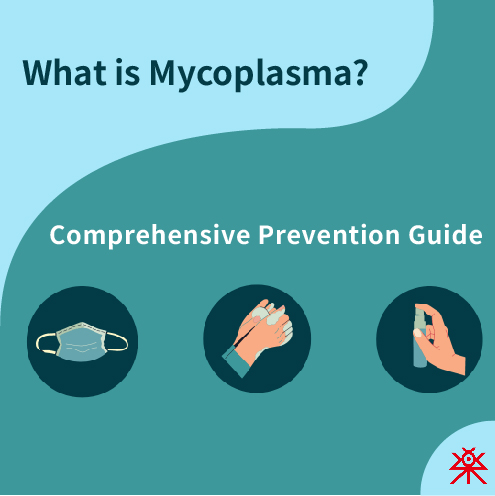Mycoplasma pneumoniae is an atypical bacterium that often lacks distinct early symptoms. This, coupled with its ability to spread through respiratory droplets, increases the transmission rate significantly. It commonly causes mild respiratory infections, and the Taiwan CDC notes that bronchitis is the most frequent result of infection with Mycoplasma pneumoniae. Symptoms may include fatigue, fever, sore throat, and a persistent cough that can last for several weeks or even months. Though symptoms tend to linger, most cases resolve on their own.
In some cases, infected individuals may have no symptoms or only mild ones. This is why Mycoplasma pneumoniae infections are sometimes referred to as "walking pneumonia," as patients may unknowingly continue their daily activities and spread the infection to others.
With seasonal changes, the risk of respiratory infections increases. Although there is no vaccine available to prevent Mycoplasma pneumoniae infections, there are several prevention strategies that can help reduce the risk of transmission.
Prevention Methods
-
Frequent Handwashing: Wash your hands regularly with soap, especially after touching potentially contaminated surfaces like doorknobs and elevator buttons.
-
Maintain Social Distance: Avoid prolonged close contact with people, particularly when cases of flu or respiratory infections are on the rise.
-
Wear a Mask: In crowded areas or when social distancing isn't possible, wearing a mask helps reduce the spread of respiratory droplets.
-
Ventilation: Ensure proper ventilation indoors, as fresh air circulation helps reduce the concentration of airborne pathogens.
-
Disinfection: Hypochlorous acid (HClO) has been proven highly effective against various bacteria and viruses, including potential threats like Mycoplasma pneumoniae. Freshly prepared hypochlorous acid solution can be used to sanitize frequently touched surfaces such as desks, door handles, and electronic devices, helping lower the number of bacteria and viruses and reducing the risk of cross-infection.
By following these preventive measures, the risk of contracting or spreading Mycoplasma pneumoniae can be significantly reduced.

